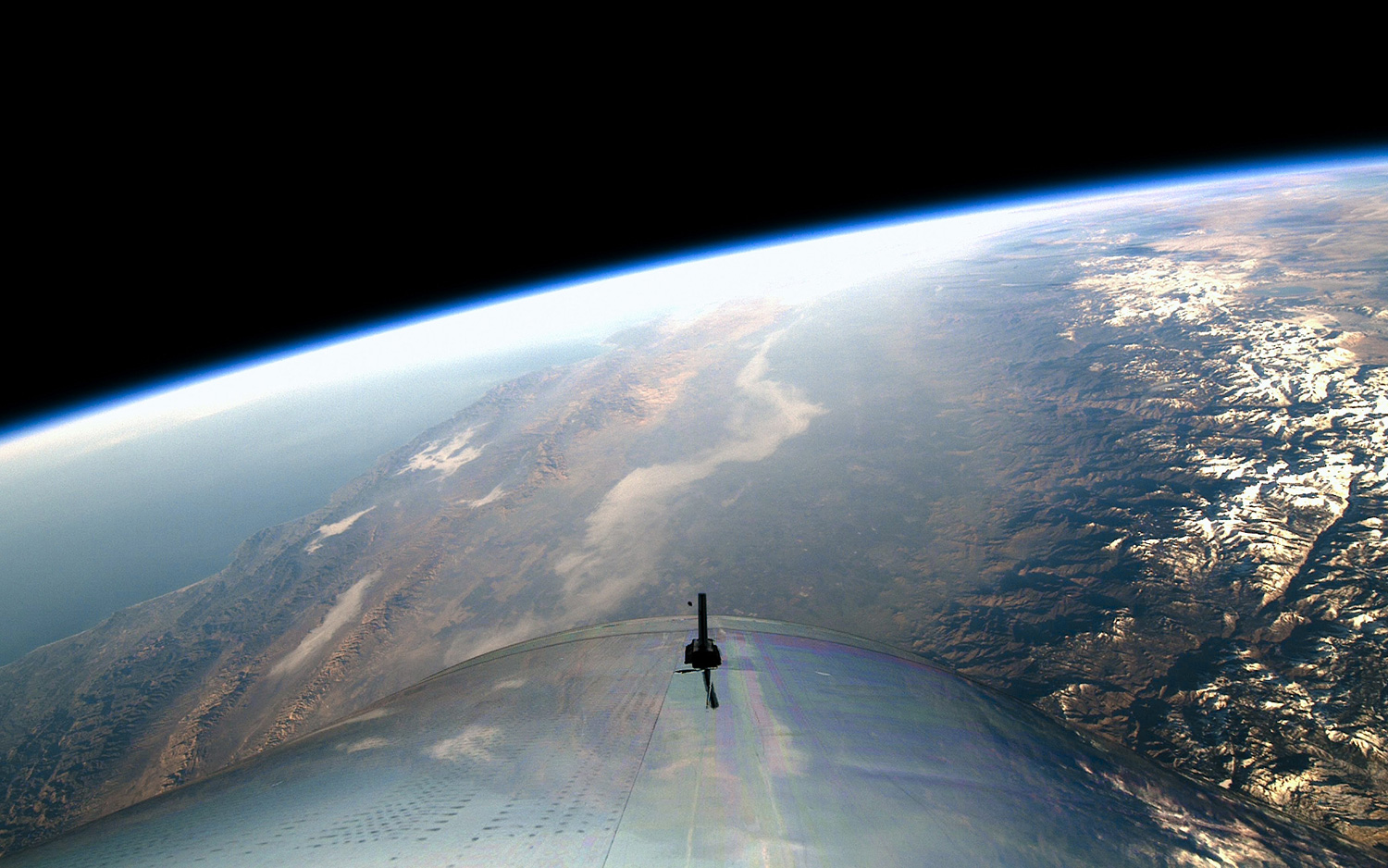Virgin Galactic targeting Dec. 11 for next SpaceShipTwo spaceflight

Virgin Galactic will fly to suborbital space next week, if all goes according to plan.
The window for the third crewed spaceflight of VSS Unity, Virgin Galactic's latest SpaceShipTwo space plane, opens on Dec. 11, company representatives announced on Tuesday (Dec. 1).
The test flight, which will lift off from New Mexico's Spaceport America, had been scheduled to take place between Nov. 19 and Nov. 23. A recent surge of COVID-19 infections across the state nixed that plan, however, and the company will take pains to ensure that safety comes first during the newly announced window.
Related: How Virgin Galactic's SpaceShipTwo works (infographic)
"In accordance with local government guidelines and safety protocols, we have minimized the number of people onsite to the greatest degree possible," Virgin Galactic CEO Michael Colglazier said in a statement on Tuesday.
"While on this occasion no media or guests will be allowed onsite, our team will endeavor to capture and share the beautiful images with the world after the flight has been completed," Colglazier said. "We look forward to completing this important milestone in our test flight program in the coming weeks."
The two-pilot, six-passenger SpaceShipTwo takes off from a runway beneath the wings of a carrier plane known as WhiteKnightTwo. At an altitude of about 50,000 feet (15,000 meters), the space plane drops free and makes its own way to suborbital space with the aid of its onboard rocket motor.
Breaking space news, the latest updates on rocket launches, skywatching events and more!
VSS Unity has reached space twice to date, on test flights in December 2018 and February 2019. Both of those missions lifted off from the Mojave Air and Space Port in southeastern California, near the headquarters of The Spaceship Company, Virgin Galactic's manufacturing subsidiary.
The upcoming third test flight will be the first from Spaceport America, the hub of Virgin Galactic's coming commercial operations. The mission will also be the first human spaceflight to lift off from New Mexico, company representatives have said.
VSS Unity moved to Spaceport America earlier this year to begin the final stages of its test campaign. The spacecraft could start flying operational, passenger-carrying missions next year.
About 600 people have booked a ticket to ride SpaceShipTwo, at a price (most recently) of $250,000 per seat. Virgin Galactic is not currently selling tickets but intends to resume doing so early next year, after Virgin Group founder Richard Branson flies aboard VSS Unity. (Branson has long said he plans to be on one of Unity's early flights.)
VSS Unity won't be the only SpaceShipTwo flying for much longer. The Spaceship Company is currently building two other vehicles, one of which is expected to roll out of the factory in early 2021, Virgin Galactic representatives have said. The company's hangar at Spaceport America can accommodate five SpaceShipTwos and two WhiteKnightTwos simultaneously.
Mike Wall is the author of "Out There" (Grand Central Publishing, 2018; illustrated by Karl Tate), a book about the search for alien life. Follow him on Twitter @michaeldwall. Follow us on Twitter @Spacedotcom or Facebook.

Michael Wall is a Senior Space Writer with Space.com and joined the team in 2010. He primarily covers exoplanets, spaceflight and military space, but has been known to dabble in the space art beat. His book about the search for alien life, "Out There," was published on Nov. 13, 2018. Before becoming a science writer, Michael worked as a herpetologist and wildlife biologist. He has a Ph.D. in evolutionary biology from the University of Sydney, Australia, a bachelor's degree from the University of Arizona, and a graduate certificate in science writing from the University of California, Santa Cruz. To find out what his latest project is, you can follow Michael on Twitter.
